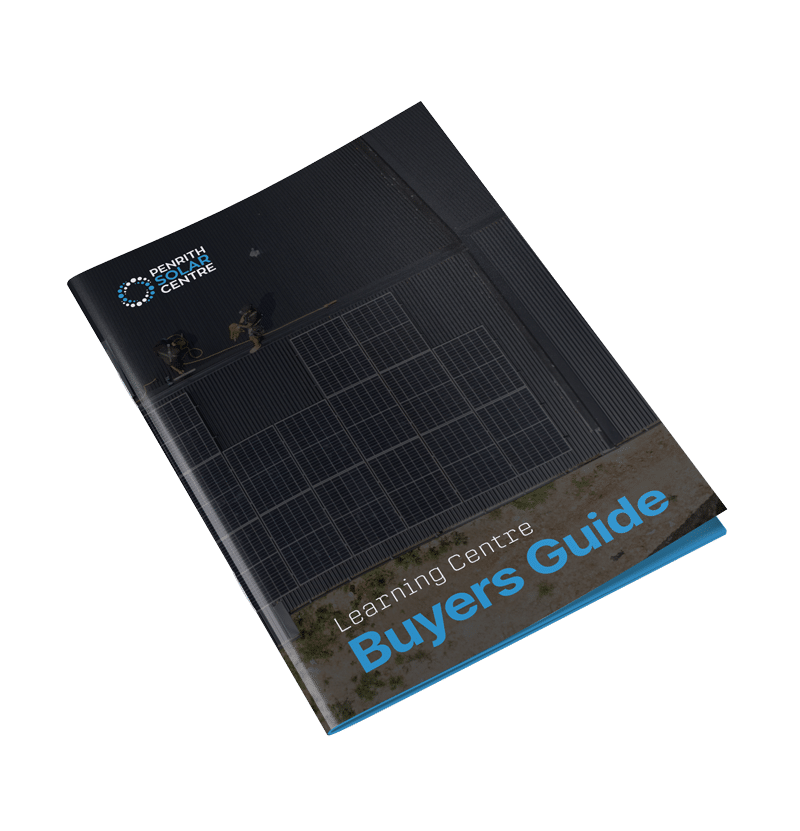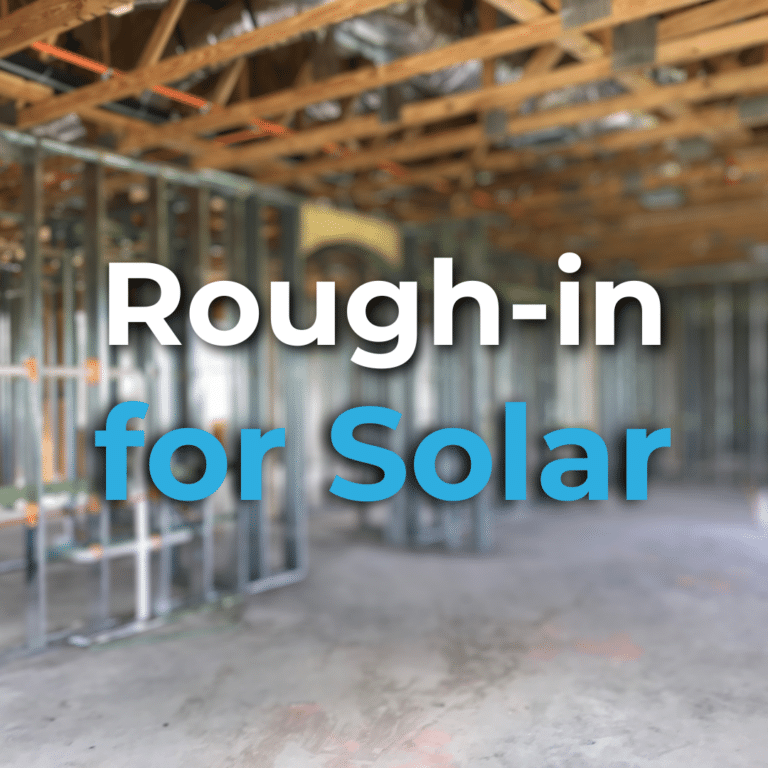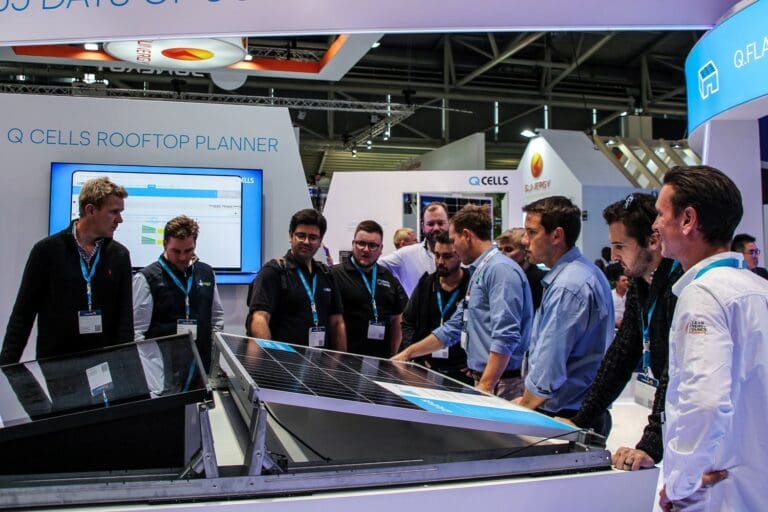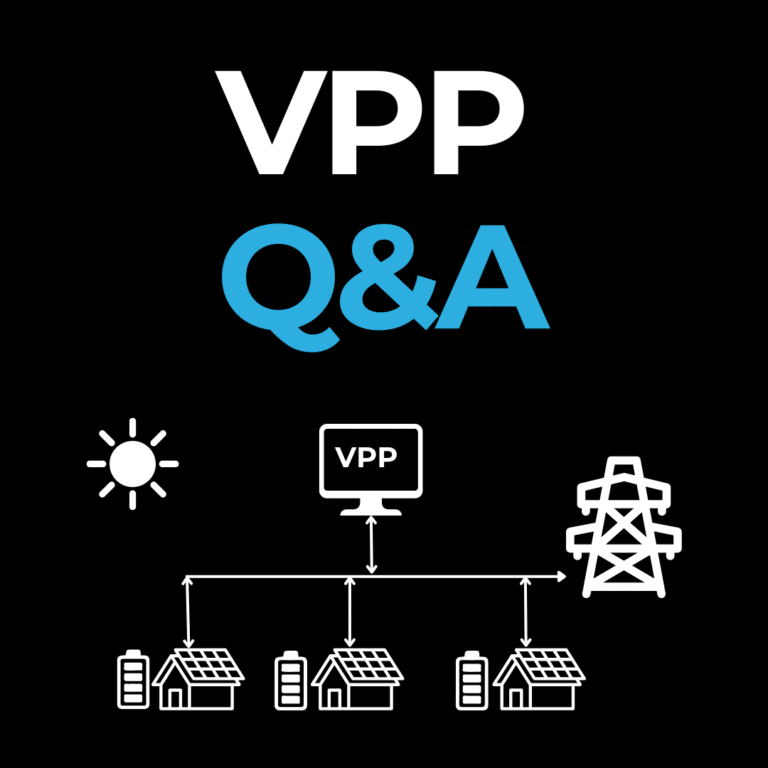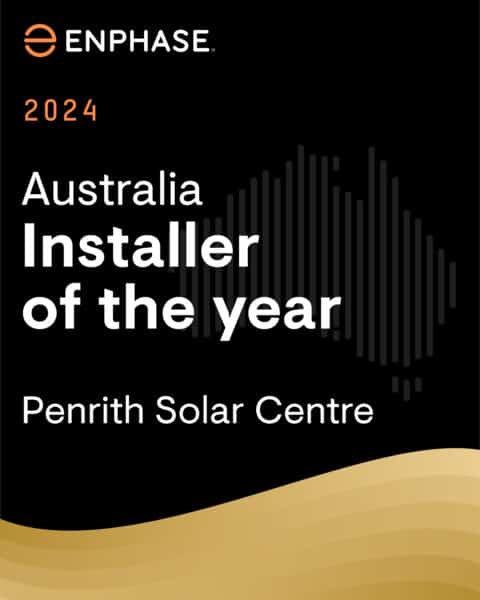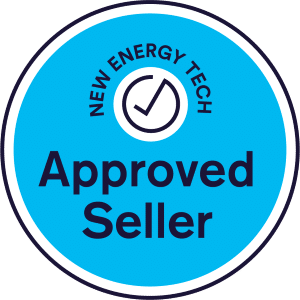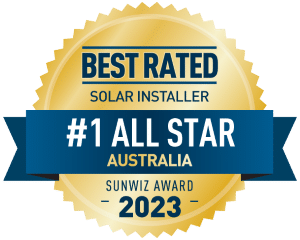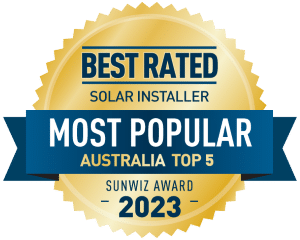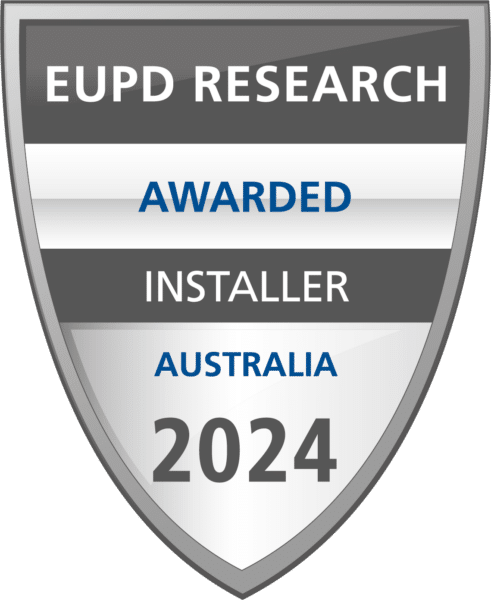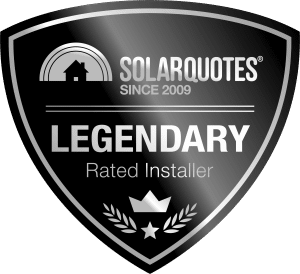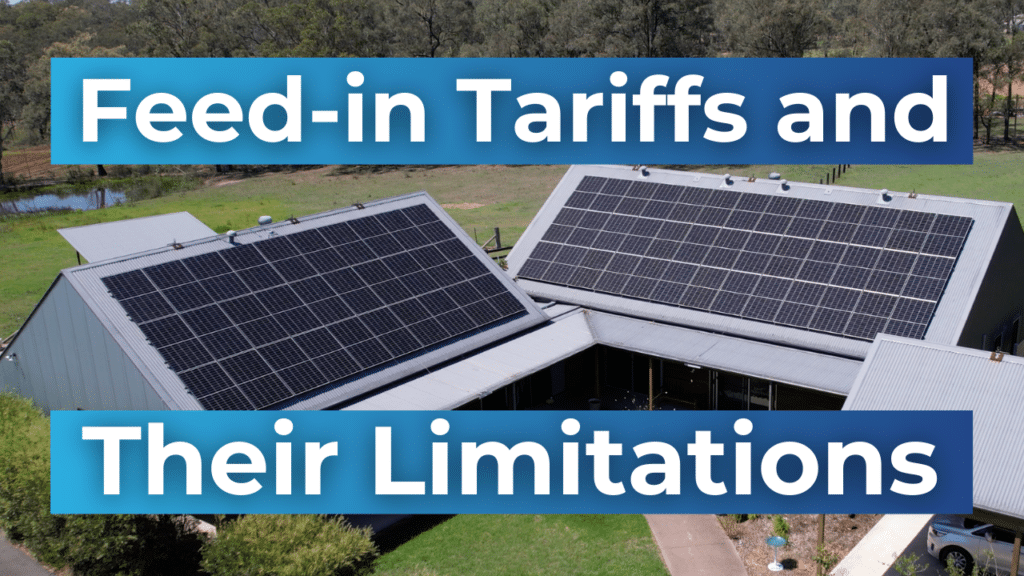
You’ve heard about feed-in tariffs, and they sound like the perfect way to help your solar power system pay off. But as you dive deeper, the details seem murky. Are feed-in tariffs still as rewarding as they once were?
At Penrith Solar Centre, we’ve seen the fluctuation of feed-in tariffs firsthand. We’ve been installing solar systems long enough to remember the golden age of feed-in tariffs. Of course, things are different now, but you should always consider every last penny of savings when it comes to shortening the payback period of your solar system.
In this article, you’ll learn about the following:
- What Are Feed-in Tariffs?
- The History of Feed-In Tariffs: How Solar Incentives Have Evolved
- Alternatives to Feed-in Tariffs
By the end of this article, you’ll know what feed-in tariffs are, how they work, and their advantages and limitations.
What Are Feed-in Tariffs?
Feed-in tariffs (FITs) are a financial incentive offered by your energy retailer for the electricity your solar system produces.
Here’s how it works:
- You install a solar system at your home.
- When your system produces more electricity than you need, the excess is exported to the grid.
- In exchange, your energy retailer compensates you with a dynamic or fixed payment, known as the feed-in tariff rate, for every kilowatt hour you send to the grid.
It’s really that simple. You export energy from your solar system, and you get paid for it.
If you’re interested in learning more about solar systems, you might want to check out our introductory article titled, New to Solar: Start Here.
The History of Feed-In Tariffs: How Solar Incentives Have Evolved
- Role in Solar Growth: Years ago, feed-in tariffs encouraged solar adoption by offering financial payouts for energy exported to the grid.
- Purpose: Designed to make solar systems more attractive for households.
- Evolution: Over time, feed-in tariffs have changed significantly in structure and value. They don’t make much money for you anymore.
The Golden Age of Feed-In Tariffs
- Feed-in tariffs often exceeded $0.30 per kWh, encouraging solar adoption. High tariffs helped offset the high upfront costs of solar system installation.
- Homeowners earned more exporting solar energy (over $0.30 per kWh) than they paid for grid electricity.
- Exporting solar power was more financially rewarding than using it directly.
The “golden age” of feed-in tariffs is over, but affordable solar systems still make solar energy a great investment.
The Shift to Lower Feed-In Tariffs
As solar energy became more widespread and the cost of installing solar systems dropped, the need for high feed-in tariffs disappeared. Today, feed-in tariffs are significantly lower, with most providers offering rates between $0.04 and $0.10 per kWh for exported energy. This shift reflects:
- Market Saturation: More people are using solar energy, so more electricity is being sent to the grid. This reduces the need for high incentives.
- Grid Constraints: With so much energy being exported, the grid is inundated with electricity. This has caused tariffs to go down.
- Self-Consumption Focus: It’s more financially viable for homeowners to use their solar power directly in their homes.
Your focus should be on using your solar energy at home instead of exporting it, which gives the best financial benefits.
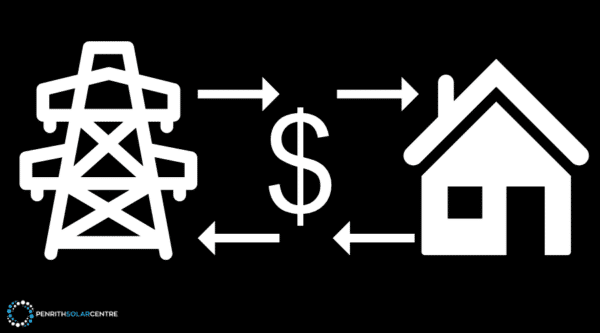
The Decline in Tariffs and the Rise of Affordable Solar
- Cost Reduction: Solar systems are much less expensive than they were in the 2010s. This has made solar energy affordable for more households, even without high feed-in tariffs.
- Financial Independence: Lower costs mean solar systems can now pay for themselves. Homeowners benefit from self-consumption.
Electricity from the grid is often much more expensive, usually costing between $0.20 to $0.50 per kWh, depending on time of day, your location, and energy retailer.
Because of this, self-consumed solar power provides much greater financial benefits compared to exporting energy to the grid.
By using more of the solar energy your system generates, you can avoid paying these higher electricity rates, leading to significant savings on your electricity bill.
The limitations of feed-in tariffs highlight why it’s so important to do your homework. Check your energy retailer’s policies, compare rates, and think about your energy usage habits.
By understanding these factors, you can decide whether FITs are worth it or if alternatives like battery storage or self-consumption strategies might suit you better.
If you’re interested in learning a bit more about solar payback periods, you might want to check out the following article titled, What is the Payback Period for Solar Panels in Australia?
Ready to go solar? Click here.
Alternatives to Feed-in Tariffs
If feed-in tariffs don’t provide the benefits you’re looking for, there are alternatives that can help make the most of your solar energy investment:
- Battery Storage Systems: Installing a battery storage system gives you the ability to store excess electricity for later use. This reduces your dependence on the grid because you can use your renewable energy even when production is low (e.g., at night or during cloudy days).
- Self-Consumption Strategies: Focusing on consuming more of the energy you produce can be more financially rewarding than relying on feed-in tariffs. For example, scheduling energy-intensive tasks like running appliances during peak production hours can lower your reliance on grid power.
Each of these alternatives has its pros and cons, so it’s worth exploring what works best for your energy needs and financial goals.
If you’re interested in learning a bit more about the benefits of solar batteries, you might want to start with the following article titled, 7 Benefits of Adding a Battery to Your Solar System.
I Shot the Tariff, but I Did Not Shoot the Subsidy
Feed-in tariffs remain a useful incentive for solar energy adoption, but they’re not as lucrative as they used to be. They promise financial returns, shorter payback periods, and contributions to sustainability goals. However, declining rates and policy uncertainty mean they’re no longer a one-size-fits-all solution.
At Penrith Solar Centre, we believe that whether you rely on feed-in tariffs or explore alternatives, adopting solar energy is a step toward a more sustainable future. We’re here to help when you’re ready to get started.
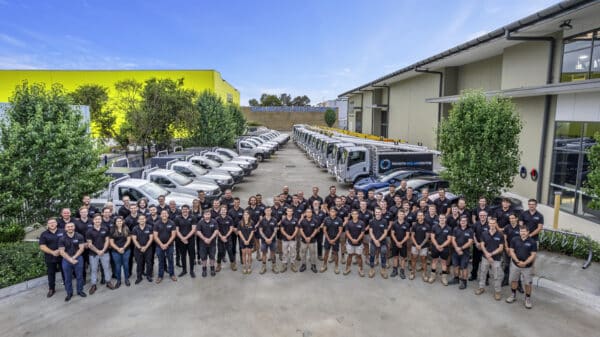
If you’re interested in learning how you can turn your solar battery into a source of passive income, you might want to check out the following article titled, Variable Feed-in Rates and VPPs in NSW.
